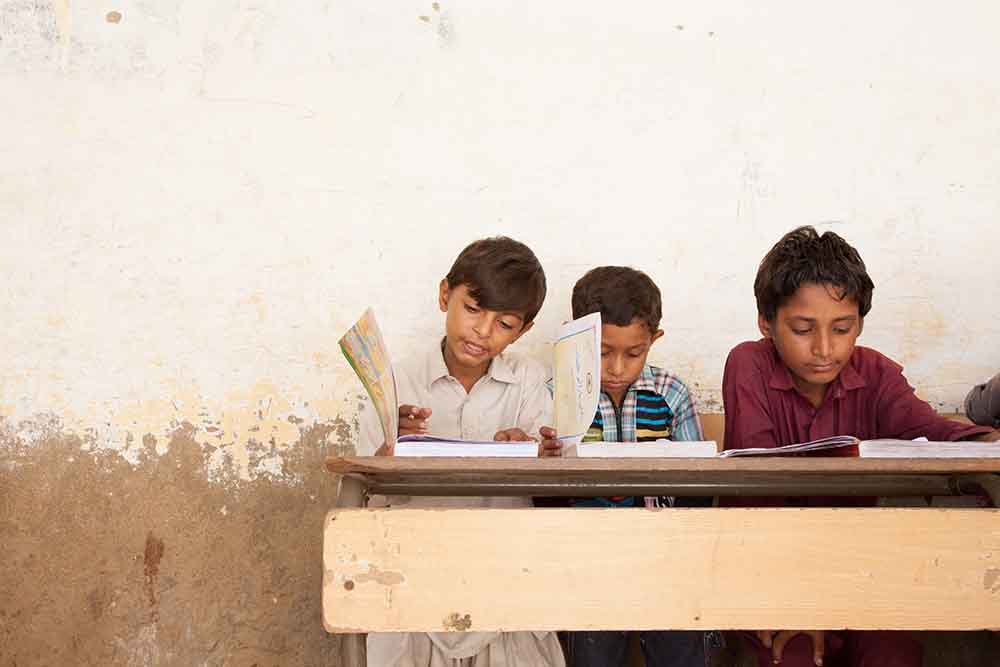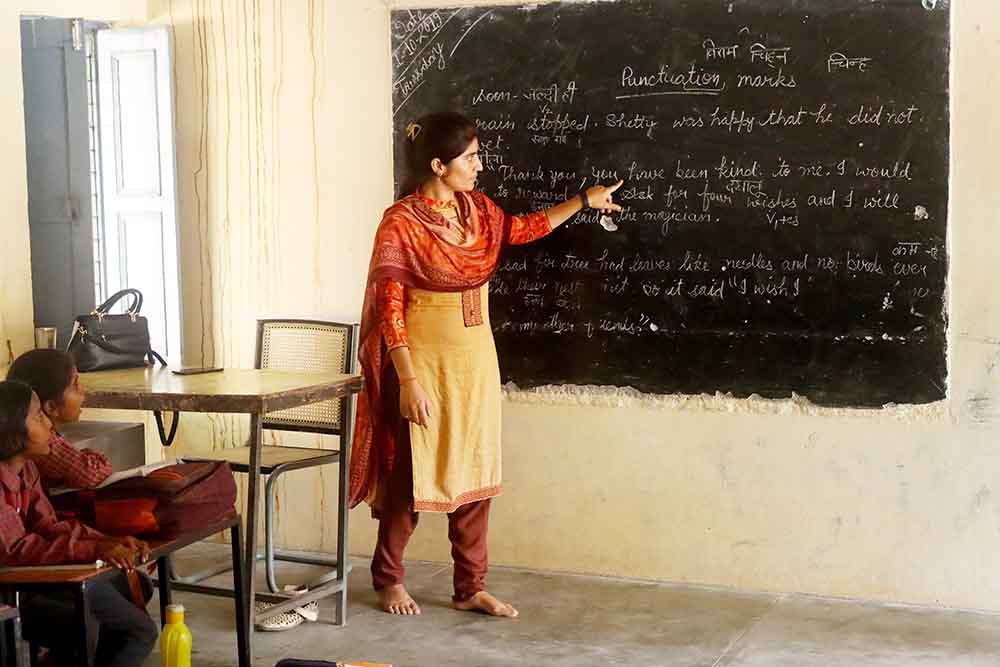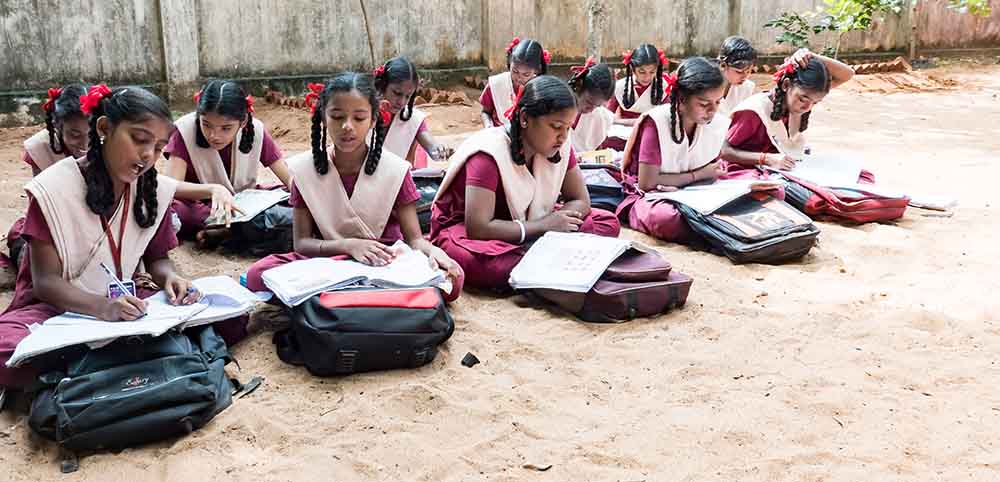Despite strides in gender equality in education over the past few decades, the latest UNESCO Global Education Monitoring (GEM) Report 2024–25 warns that deep-rooted gender disparities continue to undermine learning outcomes and leadership representation globally, and India is no exception.

Boys Lag Behind Girls In Reading, Especially In Middle-Income Countries
According to the report, boys continue to underperform in reading proficiency compared to girls worldwide. For every 100 girls who attain the minimum reading proficiency, only 87 boys do the same. The gender gap widens significantly in middle-income countries, with just 72 boys achieving basic reading skills per 100 girls.
This trend mirrors past data from India. The ASER 2018 report found that 27 per cent of boys in Class 5 could read a Class 2-level text compared to 32 per cent of girls, indicating a persistent gap even at foundational levels. The 2022 ASER report reiterated that while learning levels dipped overall due to the pandemic, girls in many states, especially in rural areas, continued to outperform boys in reading.
Women Missing From The Top In Education Leadership

The GEM report also sheds light on skewed gender ratios in education leadership. In India, women remain severely under-represented as school principals across both public and private schools. At the higher education level, the picture is no better. As of 2021:
- Only 5 per cent of women held positions as vice-chancellors or directors among 189 key national institutions.
- In a larger sample of 1,220 Indian universities, just 9 per cent of vice-chancellors and 11 per cent of registrars were women.
This under-representation echoes findings from the All India Survey on Higher Education (AISHE) 2020–21, which noted that while women constitute 43 per cent of total enrolments in higher education, they occupy a disproportionately small share of senior leadership roles.
Vietnam Shows Some Progress
The GEM report does highlight a few countries making headway. Vietnam, for example, reported that women held 28 per cent of university leadership positions in 2019, although only 8 per cent served in top roles like presidents or rectors. This contrast shows that while incremental progress is possible, it often stops short of full gender parity.

Why This Matters For India
While India has made commendable progress in improving girls’ enrolment in schools and universities (achieving near gender parity in gross enrolment ratios) representation in leadership and equitable learning outcomes remain major challenges. UNESCO’s latest report makes it clear that parity is not just about access to education, but also who thrives within the system and who leads it.
Bridging these gaps will require more than token representation. It demands systemic policy changes such as leadership mentorship programmes for women educators, gender-sensitive teacher training, and targeted support for boys struggling with foundational skills.